This is the newsletter version of Sara by the Season, where I explore a little bit of everything that’s on my mind as I try to lean into nature’s wisdom and rhythms. You can listen to me read you the newsletter by hitting play above - or you can click the little link above and to the right to play in your favorite podcast player. If you know someone who would like this sort of thing, I’d be so grateful if you would share it!
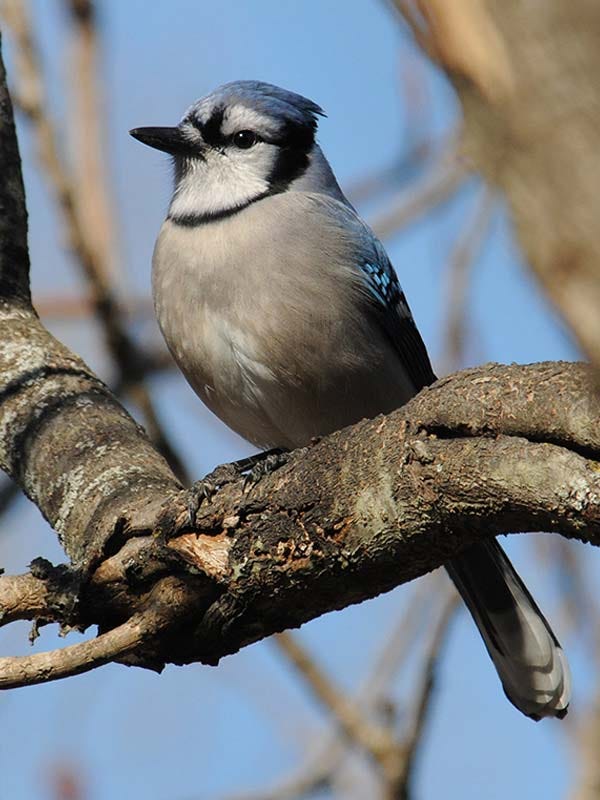
A few years ago, I read Margaret Renkl’s Late Migrations. It was beautiful. I remember having a book hangover for weeks after finishing it, but I honestly couldn’t tell you what it was about right now unless I cheated and googled the synopsis to tickle my memory. But I do remember this one part clearly:
Working at my desk one day, I hear a great mob of blue jays sounding the alarm: a predator is in their midst. Minutes pass, and their rage shows no signs of dissipating, so I step outside….But I see nothing in the sky, nothing, in the trees, nothing on the utility pole at the corner of the yard, nothing on the power lines.
Eventually, she discovers a long rat snake in the back of the yard that the blue jays are warning the whole yard about. I do remember that I was sitting on the couch by the fire when I read that part, and I was so captivated by it that I read the whole section out loud to Grant. We were both intrigued, but didn’t think much of it.
A few months later, it had moved from reading-by-the-fire season to working-in-the-garden season. Grant was moving wheel barrows of wood chips, and I was pulling weeds or at least trying to look like I was pulling weeds to avoid doing any more loads of wood chips. All of the sudden, Grant took off toward the chicken coop and, by the time I followed him, he was throwing a big stick up into the tree line adjacent to where the coop was at the time. A huge red-tailed hawk took off out of the tree and quickly flew up and away. I looked at Grant, confused about how he knew there was a hawk in the yard. He said, “I could hear the blue jays going nuts and remembered the part of that book you read me months ago and wondered if something was scaring the blue jays.”
Since that time, we’ve come to always trust the blue jays’ warning signal. They get very loud and about the time I start to get annoyed about all the racket, I realize what I’m hearing and go check on the chickens. More times than not, there is a hawk up in the trees somewhere. The hawks eat our chickens, so I always thank the blue jays for their help before going on my way.
I am a very amateur birder, but I do know that most backyard birders don’t like blue jays. They supposedly tend to steal food from the more “preferred” and rarer songbirds; bird stores even sell jay-proof feeders. I had heard the stereotype that blue jays were mean, but that was about the extent of my blue jay knowledge before Late Migrations.
But since the lesson from Renkl, I’ve come to love the blue jay1. You can’t deny that she’s gorgeous, but what really gets me is that she takes such good care of her community - her entire community, not just the ones that look like her. She surely has a bit of self-interest in her warning call, but it seems to me that she is telling everyone in the vicinity that danger is present. She doesn’t seem to expect anything in return. She doesn’t bolt when she sees danger; she sticks around and sounds the alarm. The call itself can be a bit obnoxious, especially when there are ten or more birds doing it simultaneously, which is usually the case at our place. My birding book calls the call “a loud jeer.” I’m assuming that they have realized that they have to be annoying to make sure everyone hears their warning.
I’ve been wondering if we could take a cue from the blue jay and get a little louder and more annoying about sounding the alarm on the things that are hurting our communities - and, of course, not just the communities that look like us.
The blue jays’ warning works because the blue jay isn’t trying to save the whole forest of songbirds and other easy prey; it works because they are just trying to warn the more-than-human beings (and heck, maybe the humans too - I don’t pretend to know the minds of the blue jay) in a small area where the blue jay lives that danger is present and to be on guard. It works because they get quite loud and annoying, so that it is very difficult to ignore them unless you’re really distracted. It works because they are looking out for everybody and not just themselves.
I’ve been totally sucked into the news about the war in Ukraine over the last two weeks, and, while there are many, many things to write about that atrocity and what we (especially Americans) should be learning about our reaction toward it, I keep coming back to the blue jay and what she might have to tell me.
I think she might be telling us something like: find a small place to care for - not just for yourself or your kids or your friends, but for all beings that call that place home. Place doesn’t have to be a physical space necessarily; it could be a certain injustice that lights you up. By working to make it better for all, you’ll make it better for yourself and those you love in the process. The blue jay might encourage us to be as loud and obnoxious as the danger warrants. She’ll tell us to just ignore those who will try to hush or diminish us.
I think there is certainly a place for big, collective action, but I think we let ourselves off the hook too much by waiting for some epic fix to our many problems. It’s so daunting to think about the scope of the issues we’re facing, but perhaps we could take a cue from the blue jay to see what’s worth worrying about in our own (figurative or literal) backyards, get annoying about it, and warn the others.
Last week, Wendell and I were throwing sticks in the backyard. We’ve been having a few of those gorgeous days here lately where you can smell spring coming, so we were soaking it up. I heard the blue jays going nuts up toward the house, and, sure enough, as I came closer to the coop, a hawk flew out of the tree above me. The moment felt like grace: I thanked Renkl for her writing and the new insight into the blue jays, I thanked the blue jays for their warning, I wished the hawk well and asked if he might consider eating some of the 763 mice that we have in our barn instead of eating our chickens.
Rants and raves
👍 I bought this print for myself for Valentine’s Day, and I love it. Her shop is full of good stuff.
👍 Christena Cleveland’s God Is a Black Woman lived up to my high expectations. I accidentally read it just after finishing God Is Red, which now that I’ve finished both was definitely no accident.
👍 I’m hosting a spring equinox rage party. You locals should come. You non-Hoosiers should host your own!
👎 [Trigger warning on both of these links]. The pictures and videos coming out of Mariupol are horrifying, but eerily similar to what Putin did in Syria - we shouldn’t be surprised that this is how he wages war.
Stuff Worth Sharing This Week
I couldn’t love this Courtney Martin newsletter more - and the comments! So good. Martin, perhaps channeling the blue jay a bit, writes, “In caring for a little piece of earth, one rejects the idea that scale is all that matters, or that all worthwhile labor is paid labor. One creates unruly beauty for its own sake. In creating small, weird projects, one reclaims one’s energy away from destruction, plays like a wise child, sheds illusions of perfection. One finds an outlet for the unspoken and unbranded.”
Speaking of fools, I would like to put this billboards everywhere:
Cheers to channeling your inner blue jay,
Sara
Since I first read Renkl’s book, I’ve learned that some ornithologists think that blue jays use the warning call as a way to trick other birds into thinking a predator is present. Supposedly, this is so the blue jay can have the birdfeeder to himself. I think this theory is dumb for two reasons: 1) why be so arrogant as to think you can know a wild animal’s mind and why not believe the more altruistic theory?! and 2) bird feeders are a relatively modern phenomenon. I’m no expert, but I’m pretty sure the blue jays didn’t just suddenly evolve in that last 75ish years or so to develop a call to trick other birds into bolting so they can have the best seat at the birdfeeder.

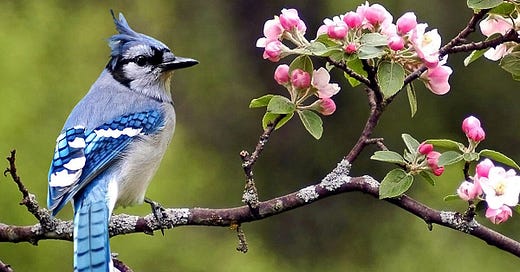





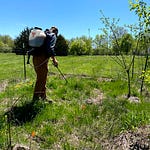
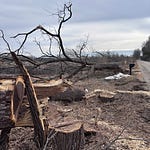



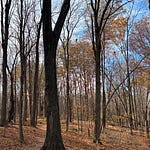

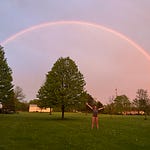
Share this post